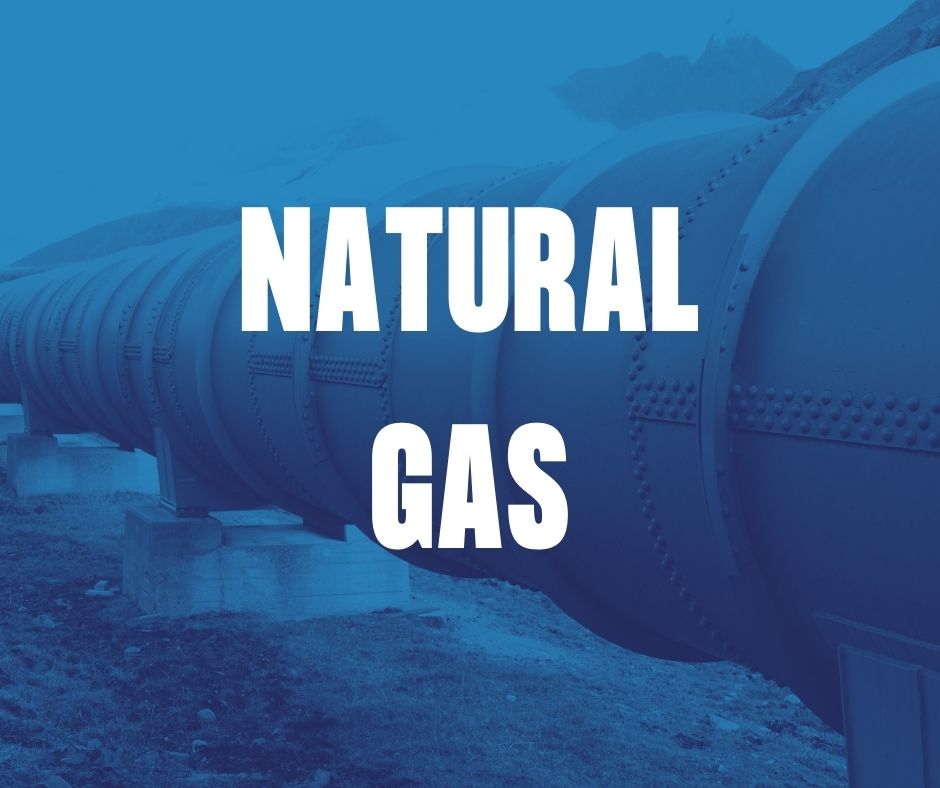Natural gas is an essential energy source that powers homes, industries, and businesses across the globe. However, delivering natural gas to consumers is a complex process that involves a sophisticated infrastructure, numerous steps in processing, transportation, and storage, as well as careful management of the physical transfer of custody. From the moment it’s extracted from wells to the time it powers your home, natural gas undergoes several stages to ensure it reaches consumers safely and efficiently.
1. Natural Gas Processing: Preparing for Transport
The first critical step in getting natural gas from the well to the consumer is the processing phase. Natural gas extracted from oil and gas wells often contains impurities and other substances that must be removed to ensure the gas is safe for transport and consumption. These contaminants can include water, oil, hydrocarbons, sulfur, carbon dioxide, nitrogen, and even helium. The process of removing these impurities ensures the gas is in a condition that can be safely delivered via pipelines.
Stages of Natural Gas Processing:
- Gas-Oil-Water Separation: Natural gas is initially separated from oil and water at the wellhead through pressure relief separators. In some cases, multi-stage separation is needed to ensure all liquid components are removed.
- Condensate Separation: Condensates (liquids that form from natural gas) are removed from the gas stream using separators, and the liquid is stored in tanks for future use.
- Dehydration: Water vapor in natural gas is removed through dehydration processes to avoid the formation of hydrates or condensation, which can clog pipelines.
- Contaminant Removal: Non-hydrocarbon gases, such as hydrogen sulfide, carbon dioxide, and nitrogen, are removed using techniques like amine solution absorption, which captures these gases to make the gas stream safer for use.
- Nitrogen Extraction: Nitrogen is separated using a Nitrogen Rejection Unit (NRU), which also helps in further dehydrating the gas stream to ensure purity.
- Methane Separation: Sometimes, methane is separated using cryogenic or absorption methods to purify the natural gas further.
- Fractionation: In some cases, hydrocarbons such as propane, butane, and ethane are separated from the natural gas using the difference in their boiling points. These substances are often sent to petrochemical plants or refineries.
Once processed, the “dry” natural gas is now ready to be transported.
2. Transportation: Pipelines Delivering Natural Gas
The next stage in delivering natural gas to consumers is transportation. Natural gas is transported from the production fields to processing plants, and then to large-scale markets, via vast networks of pipelines.
Types of Natural Gas Pipelines:
- Transmission Pipelines: These are large-diameter pipelines that carry natural gas over long distances. They are often used to transport natural gas from production areas to processing facilities and eventually to major cities or power plants. Transmission pipelines are often classified into three types:
- Interstate Pipelines: These pipelines operate across state borders, transporting natural gas between states.
- Intrastate Pipelines: These pipelines carry gas within a state’s borders.
- Hinshaw Pipelines: These pipelines receive gas from interstate systems and deliver it to consumers within the state.
- Distribution Pipelines: Once the gas reaches local regions, it is transferred to smaller pipelines, or mains, which deliver it to homes and businesses. The final stretch of delivery involves smaller service lines that connect directly to homes and buildings.
3. Storage: Ensuring Gas Availability during Peak Demand
Demand for natural gas can fluctuate depending on factors such as the season, weather conditions, and consumer behavior. To ensure a steady supply of natural gas during periods of high demand, such as during cold winters or summer months when demand for cooling rises, natural gas must be stored.
Natural gas is typically stored in underground reservoirs, but it can also be stored in above-ground tanks. In the United States, there are three main types of underground storage facilities:
- Depleted Natural Gas or Oil Fields: These are old gas or oil fields that have been emptied and are now used to store natural gas.
- Salt Caverns: These are underground formations created by dissolving salt deposits. Salt caverns have a high rate of withdrawal and injection, making them ideal for storing large volumes of gas.
- Aquifers: Natural gas can also be stored in underground aquifers (water-bearing rock formations) covered by impermeable cap rock. These are commonly used in the Midwest region of the United States.
4. Liquefied Natural Gas (LNG): A Global Solution
In areas where pipelines are impractical or non-existent, liquefied natural gas (LNG) offers an alternative solution. LNG is natural gas that has been cooled to -260°F (-162°C), reducing its volume by approximately 600 times. This compact form of natural gas can be transported over long distances by sea, making it a crucial option for global trade.
LNG Transportation and Use:
- LNG Carriers: LNG is transported in specially designed ships, called LNG carriers, which are equipped with cryogenic tanks to keep the gas in its liquid form during transit.
- Regasification: Once LNG reaches its destination, it is offloaded and stored in cryogenic storage tanks at import terminals. The liquid is then regasified and reintroduced into the natural gas supply system.
- Transportation: After regasification, the natural gas is transported through pipelines to power plants, industries, and residential customers.
LNG has expanded global markets for natural gas, allowing it to be transported to countries that previously had limited access to pipeline infrastructure.
Delivering natural gas to consumers involves a complex and multifaceted system that spans processing, transportation, and storage. From gathering raw gas from wells to ensuring its safe delivery to homes and businesses, the entire process requires sophisticated infrastructure and precise management. As global demand for natural gas continues to rise, the role of LNG in facilitating international trade and energy access is also increasing, ensuring that natural gas remains a key energy source for years to come.
Total Views: 0

